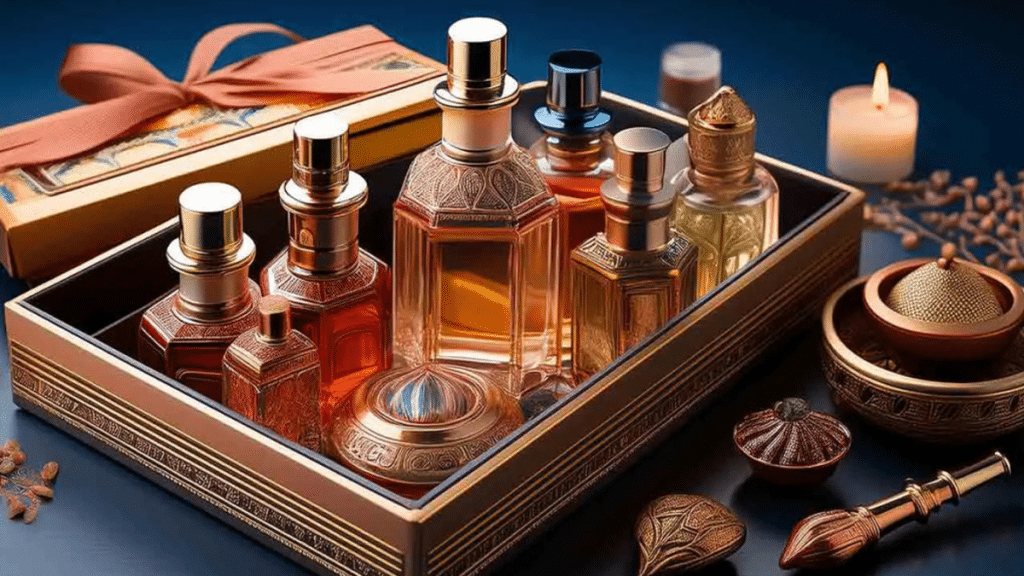Creating your own scent is an exciting adventure, and mastering the art of master mixology perfume allows you to design a fragrance that truly reflects your personality. Whether you are a beginner or a fragrance enthusiast, learning how to blend aromas can help you craft a unique perfume that stands out from the crowd.

What Is Master Mixology Perfume?
Master mixology perfume refers to the skillful process of combining different fragrance notes—top, middle, and base notes—into a harmonious and balanced perfume. Just like a chef blends ingredients to create the perfect dish, a perfume mixologist carefully selects essential oils and aroma compounds to evoke emotions, memories, and moods.
The Three Essential Layers of a Perfume
Understanding the structure of a perfume is vital for mastering mixology perfume. Every fragrance has three layers:
- Top Notes: The initial scent you perceive. These are fresh, light, and evaporate quickly. Examples include citrus, mint, and light fruits.
- Middle Notes: Also called heart notes, they appear after the top notes fade and form the core of the perfume. Popular middle notes are floral scents like jasmine and rose.
- Base Notes: The foundation of the perfume, base notes last the longest and add depth. Common base notes include woods, musk, and amber.
A well-crafted perfume through master mixology perfume will balance these layers so the scent evolves beautifully.
Essential Tools and Ingredients for Master Mixology Perfume
To embark on your journey of master mixology perfume, gather:
- Essential oils or fragrance oils for the scent components.
- A carrier oil (like jojoba) or perfumer’s alcohol to dilute the oils safely.
- Glass droppers and mixing bottles for accurate blending.
- Perfume strips for testing your creations.
- Dark glass bottles for storing your final perfume to protect it from light.
How to Create Your Unique Fragrance
1. Choose a Scent Profile
Decide on the overall mood of your perfume—do you want something fresh, floral, spicy, or woody? This will guide your choice of oils.
2. Start Small and Experiment
Mix small amounts with a rough guideline of 30% top notes, 50% middle notes, and 20% base notes. This ratio helps you balance your perfume effectively.
3. Blend and Test Your Perfume
Combine your oils and test the scent on blotter strips or your wrist. Observe how the fragrance changes over time—this is a key part of master mixology perfume.
4. Refine Your Blend
Adjust the quantities of each note as needed. Sometimes a small addition of a base note can add warmth, or a hint of top note can brighten the scent.
5. Dilute and Age
Once happy with your blend, dilute it with carrier oil or alcohol. Let your perfume age in a cool, dark place for a few days to several weeks to let the scents meld together perfectly.
Tips for Successful Master Mixology Perfume
- Start simple: Begin with a few oils to understand how they interact.
- Keep a balance: The harmony between top, middle, and base notes is crucial.
- Test on skin: Fragrance interacts with your body chemistry.
- Be patient: Perfume matures with time.
- Take notes: Record your recipes to recreate or improve your blend.
Why Choose Master Mixology Perfume?
Creating your own scent through master mixology perfume is a form of personal expression. It’s an empowering way to own a fragrance that’s entirely yours—something no store-bought perfume can replicate. Plus, this creative process connects you with the rich history and art of perfumery.
Conclusion
Mastering master mixology perfume offers you the chance to create a unique fragrance that tells your story with every note. By understanding perfume layers, selecting quality ingredients, and practicing your blending skills, you can craft a signature scent that truly represents who you are. Dive into this fascinating world of scents and enjoy the rewarding experience of wearing a fragrance you created yourself.
